Give a man a book and he’ll read for a day. Teach a man to use the library, and he’ll read for the rest of his life!
As a Student Library Assistant, I spend enough time in the Music Library to consider it a home of sorts. I may not be able to locate the exact call number of a book or score, nor do I claim to be any kind of reference specialist, but much like how a grocery store worker knows the layout of their store from stocking shifts, I daresay an SLA knows their way around the stacks from spending hours re-shelving materials. Everything I know about the Music Library I have learned from other library patron’s questions, from the librarians themselves, and from my own trial and error.
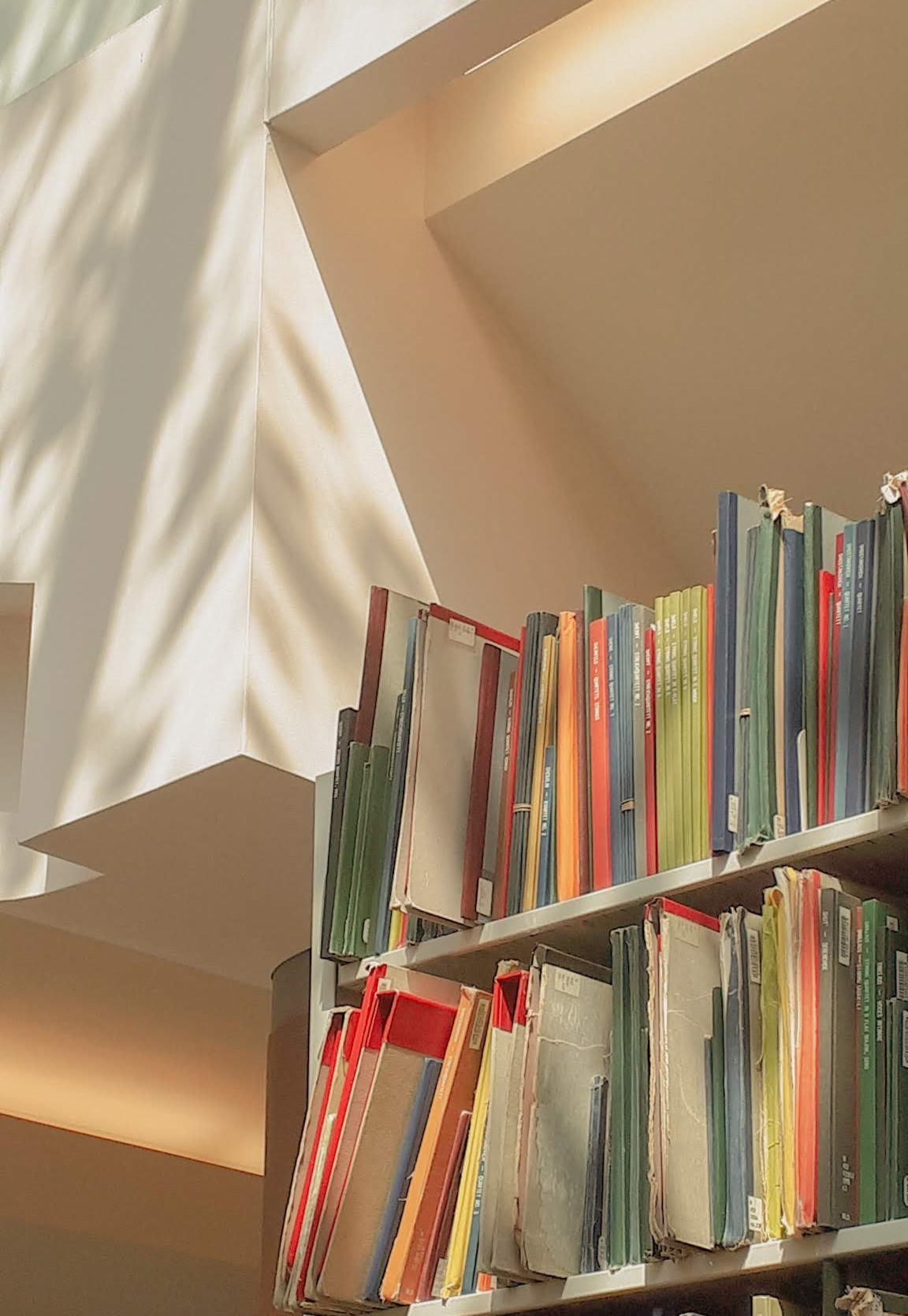
Some of my classmates tell me that the reason they don’t use the library is because it seems intimidating. For a long time, I agreed with them because it intimidated me too! However, once I became familiar with the Music Library, the online catalog, and the librarians and each of their specialties, I realized that the library is nothing to be afraid of. In fact, it is an indispensable resource that I pay good tuition money to use, and it is to my great benefit to use it! So now, my response to my classmates who still find the library intimidating is this: Anything that is unfamiliar is intimidating! It is human nature to fear what we do not know. But with some time and some courage, you will discover the wonders of the library and the librarians.
That being said, it is hard to know where to begin. Here I have compiled a “top ten” list of ways I use the library, in the hopes that it will inspire my colleagues to start using the music library regularly and effectively.
1. Library of Congress (LOC) call numbers
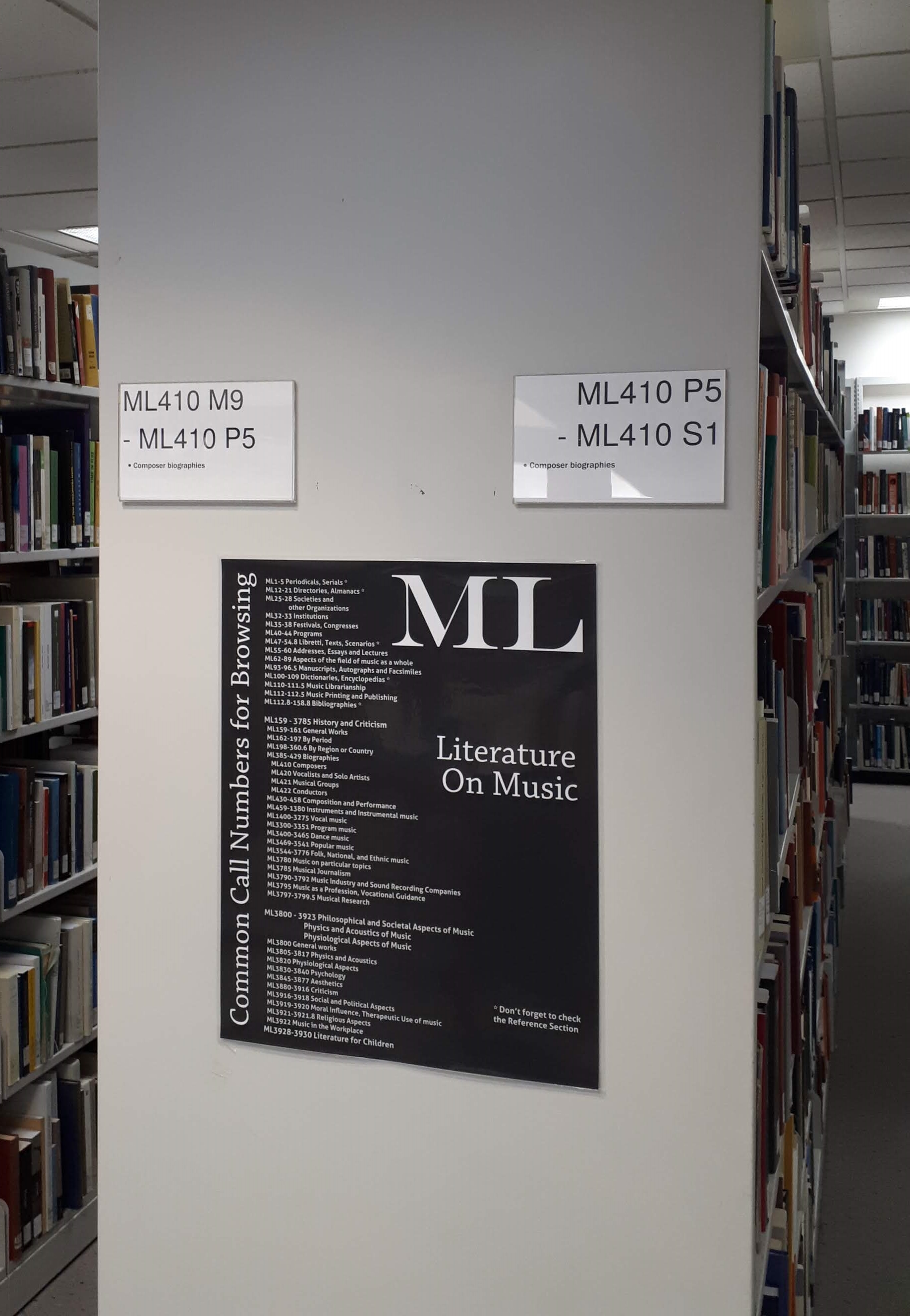
The best way to get to know the Music Library is to jump into the stacks and browse! You might notice some patterns emerge in the call numbers. By no means do you need to try and memorize the call number designations, but I find it helpful to know a few by heart so I can better estimate where something might be. For example, I know that the ML410s are composer biographies; M1-199 are for solo instruments; M200s duos; M300s trios, etc., M1500s operas, M1620s art songs. What is even more helpful are the posters and signs around the stacks with more specific call number designations, and descriptions of the materials in that particular stack.
NB: The three main call number varieties housed in the Music Library are M (music), ML (music literature), and MT (music theory).
2. Critical editions of scores

Imagine you are performing solo Bach in a masterclass. You’re reading an International score, edited by Ivan Galamian, that you bought from Long and McQuade in 2012. You have finished the movement you were performing, and the guest artist asks: “Why did you choose that bowing?” Now you have to either defend Galamian’s editorial decisions or admit that you actually don’t know what Bach’s original bowings were. Don’t you wish you had been reading from an urtext version of the score? “But urtext editions are so expensive!,” one might argue. The good news is that the Music Library is home to an array of critical editions of scores. They can be found downstairs in the M1-3 section, arranged as collections of a composer’s complete oeuvre. They are non-circulating materials (meaning you can’t check them out of the library), but you can photocopy them, and for the low cost of nothing, your performance decisions can be informed by the composer’s true intentions.
Example: the critical (urtext) edition of the Six Solo Sonatas and Partitas for violin can be found at: M3 .B1133 Ser. 6. Bd. 1
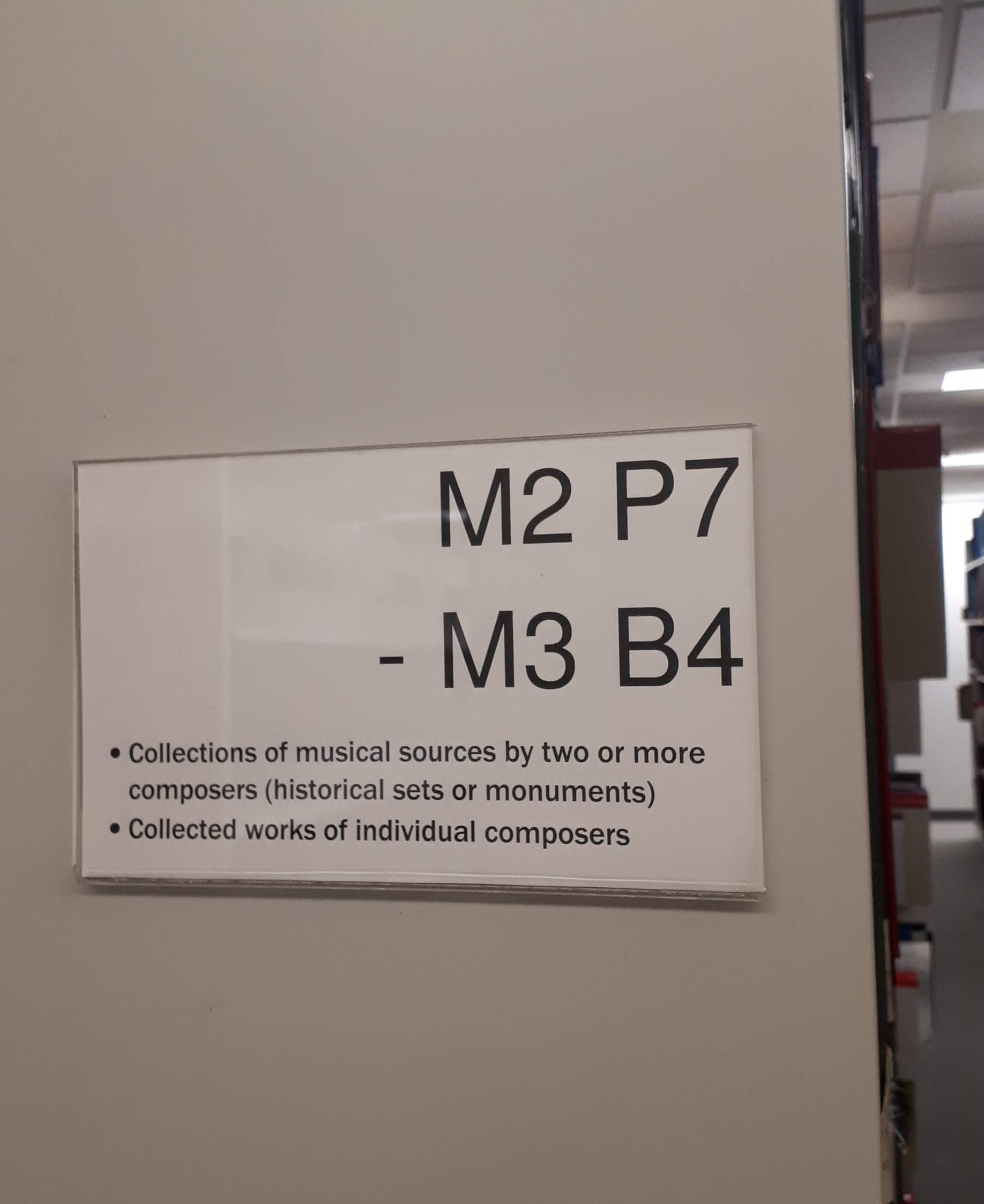
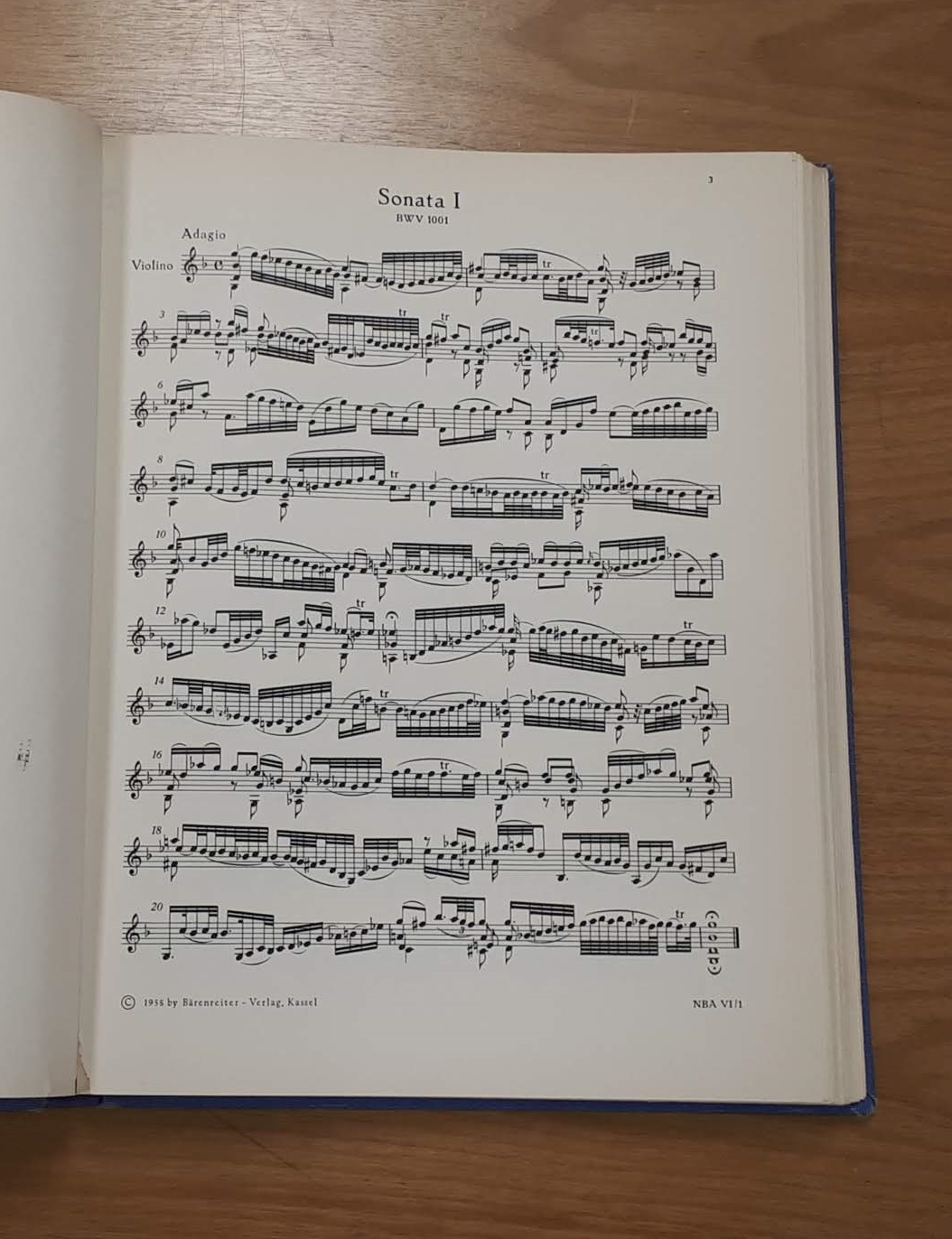
3. Camera loans

Before I knew about the camera loans offered by the Music Library, I was recording all my auditions using the webcam on my laptop. The video quality was very poor, and after 2 minutes there would be a lag in the video, which made editing the audio and video together nearly impossible. Since I have started using the library cameras, my recording quality has increased significantly. The video is clear and consistent, and there is never a lag. It can be daunting to first learn how to use the cameras and tripods, especially if you aren’t familiar with recording equipment in general, so I recommend booking the camera a day or two in advance of your recording to get to know how to use the equipment before the big day. You also need to use your own SD card (you can buy these online, or at Staples or Canadian Tire), and you should charge the batteries of the camera the night before. They come with 2 batteries, just in case.
4. Librarians and library staff
I once asked a few of the librarians here the question: “what is the most under-used resource in the music library?” Their answer was: “the librarians!” As much as I claim to know my way around the library, the library knowledge that an SLA possesses is nothing compared to what the librarians know. It is, after all, their profession and full-time job! If you need to know where the washroom is or how to use the photocopier, the SLA at the circulation desk can help you with that. But for any kind of reference question (looking for sources for a research project, having trouble finding a book on the shelf, wondering if the library has a piano reduction of a specific opera, for example), the SLA will call a librarian who will be more than happy to help you! You can also book a research consultation via the Music Library website, but you are always welcome to walk up to the desk with your question.
NB: Reference hours for drop in questions from 10am to 4pm. You can find contact information for all our librarians and library staff on the Our People page of our website.
5. Carrels
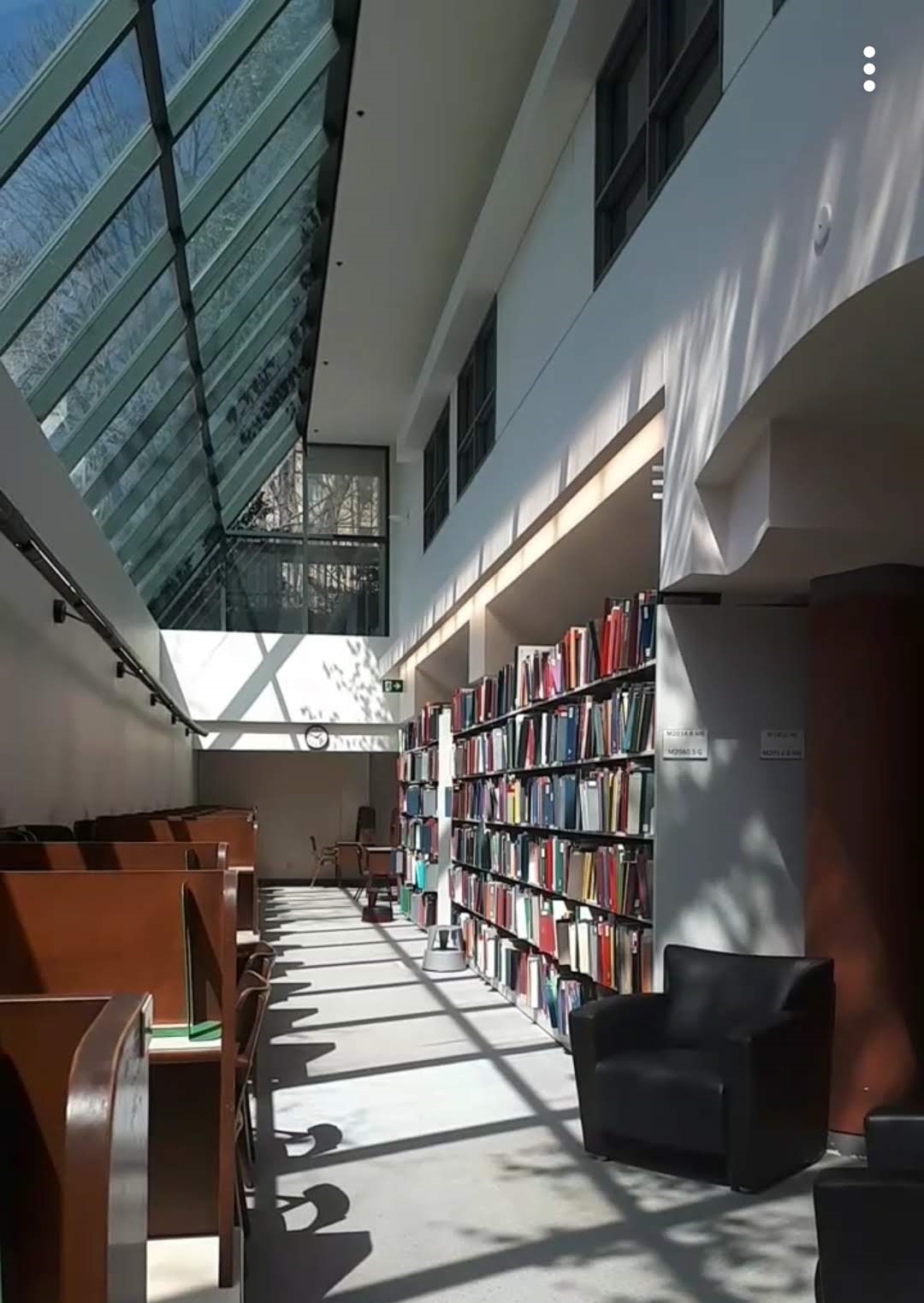
I will have to admit that in my first year, I didn’t even know there was a downstairs floor of the Music Library. Now, the downstairs is my favourite place to study, particularly at the far west end where the carrels (desks) are. The afternoon light that pours in and casts shadows of the Philosopher’s Walk trees onto the stacks is incredibly peaceful and creates a suitable environment for getting lots of work done! Some of the carrels are reserved for individual graduate students, but if there are no books on the desk and no one else is sitting there, it is free to use!
Codetta
We have arrived at the end of the first part of my list! If you have read this far, it is my challenge to you to try out one of these tips before part two is published. When I asked a fellow SLA, Nicole, if she had any advice for a library user, she said, “explore and have fun!”, and I could not agree more! You never know what gems are waiting for you.
All photos by Isabel Ryznar.